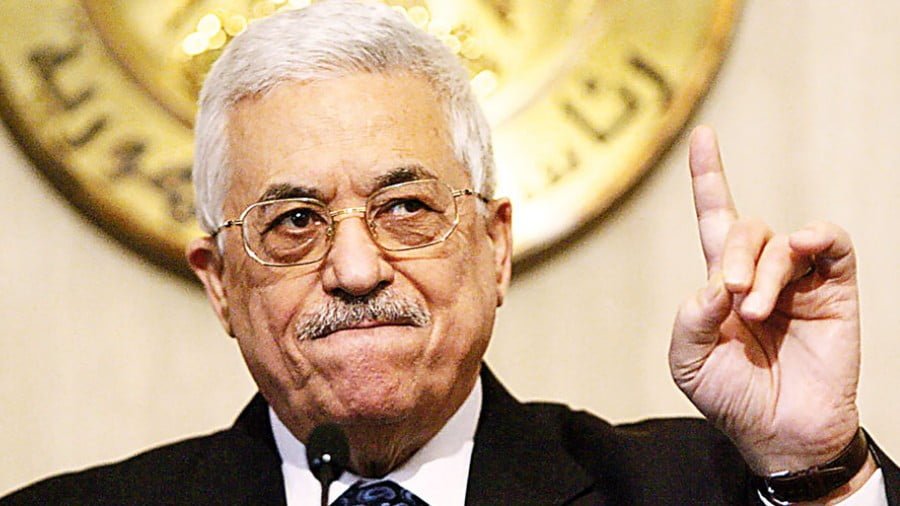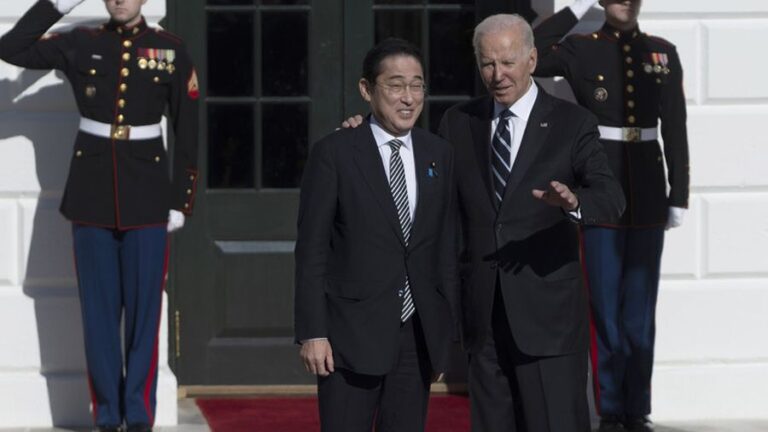Yemen: Is There a Silver Lining to This Country’s Bleak Future?
The United Nations has warned that if the war in Yemen continues through the end of 2021, the death toll of the conflict will have reached 377,000 people, with 154,000 succumbed to direct hostilities and violence while 223,000, or almost 60%, will be indirectly caused by it. The report says that of the total deaths, 259,000, or almost 70% of total conflict-attributable deaths, are children under five years of age.
Given such numbers, it is worth recalling that Saudi Arabia is a direct “author” of the fighting due to its blatant interference in the Yemeni internal conflict. Since the republic’s air defenses are practically non-existent, the Saudi “hawks” are leisurely bombing peaceful cities, towns and villages, eradicating the civil population in he process. It is a common knowledge that the strings in Riyadh are pulled by the West and, above all, by the Unites States, which provides the Saudi with state-of-the-art weaponry and “advisors” that maintain this equipment.
The UN has also warned that if the conflict continues through 2030, it projects that the total conflict-attributable death toll will reach an astounding 1.3 million, more than 70% of which will be from indirect deaths and 80% will be children under five. Children who have been denied the chance to learn or see anything in their lives — except the bombs branded Made-in-USA that keep on falling from the sky, and what it feels like to every night wake up to the chilling howling of the Saudi jets.
The UN report underlines, firstly, that the universal blockade of Yemen leads to high casualties among the civilians that do not have anything to do with the hostilities while their sole “fault” is being Yemeni and living in this country. Secondly, the report says that collection of real data has been particularly difficult when, for example, the number of casualties is concerned. The death toll is, therefore, massively underreported. The UN acknowledges that “because many of our data inputs come from a conflict zone, those are also subject to uncertainty as data collection can be particularly difficult in a conflict context.”
In fact, shortly after the war had started, the UN stopped updating the data on the death toll since the world organization struggled to piece together what had been going on there. Saudi airstrikes targeted medical facilities and other UN services which were compelled to tell a good portion of their employees to leave the country. Other humanitarian and medical institutions, such as Doctors Without Borders, were also forced to leave as their facilities were repeatedly targeted by Saudi airstrikes with a number of employees killed.
That is why it is safe to say that the figure of 154,000 killed as a result of direct combat and violence presented in the study is not entirely reliable and may be unduly low compared to the actual death toll. For instance, in 2018, three years after the war broke out, the UN data on the death count remained unaltered totaling about 10,000 people, even despite the conflict that Riyadh had instigated in March 2015. At the same time, other monitoring groups like the Armed Conflict Location & Event Data Project conducted a research saying that “56,000 civilians and combatants were killed between January 2016 and October 2018.” Those were the initial findings. Meanwhile, this independent group studying armed conflicts estimated the death toll to be 80,000 (for the same period) when it was finalizing its research. The absence of credible figures for the death toll in Yemen has made it easier for foreign powers, and above all, the US, to shrug off strong accusations that they are complicit in a humanitarian disaster while their war profits amounted to hundreds of billions of dollars due to the arms sales to Saudi Arabia.
Many politicians say that they have lost faith in the UN, its reports and statements that only take note of the huge tragedy, stopping short of solving it or proposing a real way out for the downtrodden people of Yemen. However, the 68-page report (compiled with the participation of the United Nations, the United Nations Development Program and some Member States of the United Nations) named “Assessing the Impact of War in Yemen: Pathways for Recovery” is still a revelatory document exposing the extent of the damage the war has been inflicting on this already impoverished land.
According to the study, the conflict has led to urgent, widespread humanitarian and development crises and resulted in significant damage to the economy, physical infrastructure, service provision, health, and education systems, as well as the nation’s social fabric. It has also caused hundreds of thousands of deaths. While many of these are the result of direct violence, others are due to the war’s indirect effects, including a lack of food and degraded living conditions.
As has been emphasized above, the death toll is overwhelmingly made up of young children who are especially vulnerable to undernourishment and malnutrition. The most disturbing line in the report says that in 2021 “a Yemeni child under the age of five dies every nine minutes because of the conflict,” which is a grim reminder about the impact this war is having on children.
For that reason the comments from the international community, mostly from the West, on seeking a solution to put an end to the Saudi military activities which kill children, are conspicuous in their absence. This speaks volumes about, first of all, the hypocrisy of the Western politicians. The profits outrunning the death of a child that perishes every nine minutes due to preventable causes will splinter the story into two sides: those who fought and supported the warring party solely for profit, and those who supported the push to end the conflict, urging peace talks between all “Yemeni” parties. According to the study, if the war in Yemen continues through 2030, a child will die every five minutes. In 2019, it was estimated that a child died every 12 minutes, so the above figure will be a dramatic increase.
When comparing Yemen’s current situation to a scenario without conflict, the country has lost a cumulative $126 billion in potential gross domestic product (GDP) since 2015. In addition, 15.6 million people have been pushed into extreme poverty and 8.6 million people into undernutrition. Another 22.2 million people may potentially be forced into poverty and 9.2 million more people may also experience malnutrition. Yemen’s conflict is among the most destructive of those that have occurred since the Cold War. Another shock comes as indirect effects of the conflicts have been so severe that they have set back the nation’s human development by more than two decades.
The report has shown that the effects of the conflict extend well beyond the loss of human life by reducing economic activity, pushing people into poverty, and increasing malnutrition. While the conflict has proven to be both lasting and devastating, the UN says that these costs, both in human lives and materials, should encourage politicians to seriously reflect on the future path of the country and motivate all sides towards a sustained and inclusive political settlement.
Yemeni politicians say that they have lost faith in the United Nations and its reports and statements. The Stockholm agreement endorsed by the UN in 2018 was supposed to put an end to hostilities in a key strategic port city of Hudaydah, a source of 90% of essential goods. But following this agreement, instead of peace, as Yemeni officials claim, a sharp uptick in fighting in Hudaydah has ensued. Only recently have the Saudi-backed militants left the city and headed for Marib, where fierce fighting is now taking place. The UN has urged to renew the stalled peace talks, a statement that raised eyebrows in Sanaa.
The UN-backed report suggests that the war has wiped out all the scenarios for the nation’s reconstruction but it has refrained from any “assessments or assumptions” regarding how the conflict may end. The report also “does not aim to provide guidance for achieving and sustaining peace as it is beyond its scope.” For those reasons, Yemeni officials and Yemen-based activists say that they have refused the body’s help claiming that they should counter aggression relying only on their own forces.
The reality is that one may come up with a lot of suggestions about how to put an end to this artificial crisis and turn up the heat on a number of sides so they would sit down at the negotiating table and recognize that the fighting does not produce a way forward. The main way to rein in this crisis of an unspeakable scale has to be peace talks involving all interested parties. By all means, the United Nations may play here a more proactive and practical role to stop this seven-year war before many more Yemenis and their children are killed in action or starve to death.







